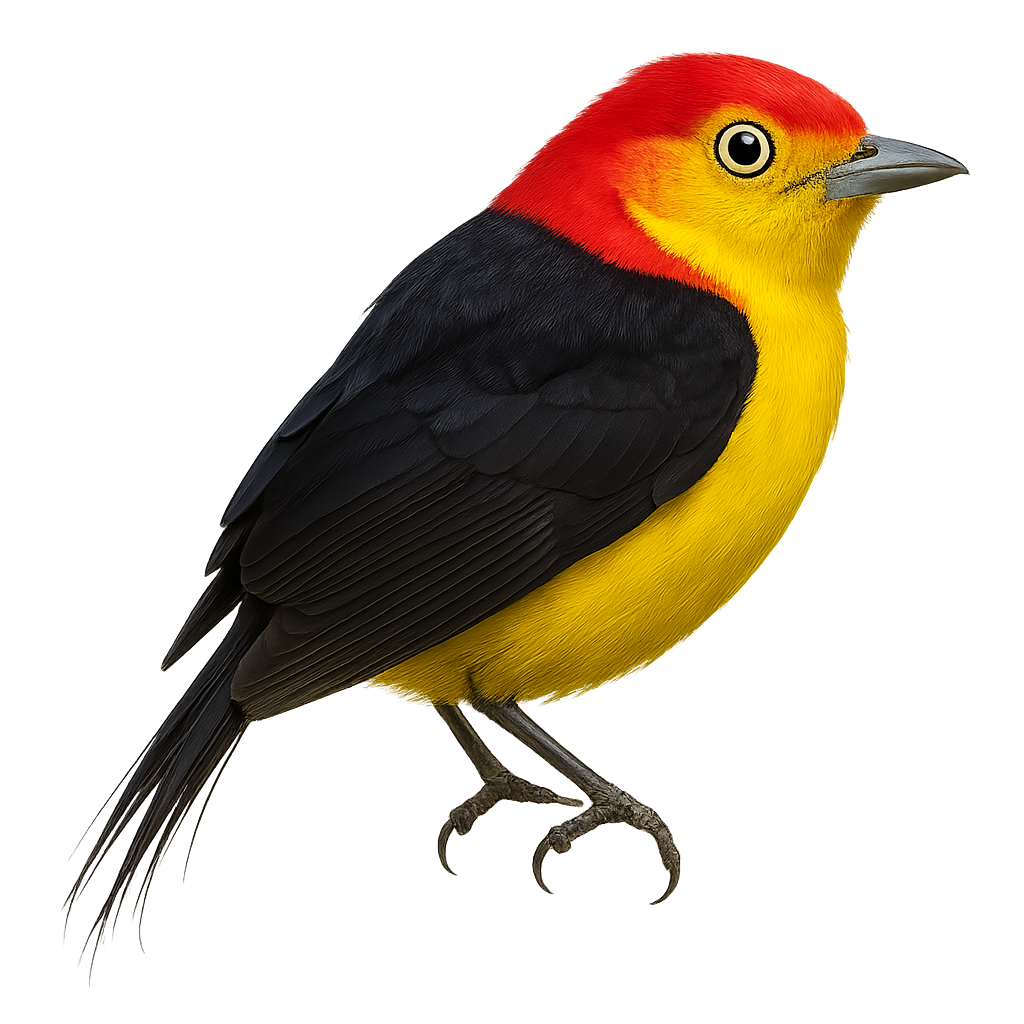Your wildlife photography guide.
Explore the wire-tailed manakin in detail, study its behavior, prepare your shots.
Where to observe and photograph the wire-tailed manakin in the wild
Learn where and when to spot the wire-tailed manakin in the wild, how to identify the species based on distinctive features, and what natural environments it inhabits. The WildlifePhotographer app offers tailored photography tips that reflect the wire-tailed manakin’s behavior, helping you capture better wildlife images. Explore the full species profile for key information including description, habitat, active periods, and approach techniques.
Wire-tailed Manakin
Scientific name: Pipra filicauda

IUCN Status: Least Concern
Family: PIPRIDAE
Group: Birds
Sensitivity to human approach: Suspicious
Minimum approach distance: 10 m
Courtship display: December to January
Incubation: 18-20 jours
Hatchings: December to February
Habitat:
Humid tropical forests, canopy, riparian zones
Activity period :
Primarily active during the day, with peak activity in the morning and late afternoon.
Identification and description:
The Wire-tailed Manakin is a small, colorful bird primarily found in the humid tropical forests of South America. It is easily recognizable by its striking plumage: males have a bright red head, a black body, and a long, filamentous tail. Females, on the other hand, are generally green, allowing them to blend into the foliage. These birds are known for their spectacular courtship displays, where males perform intricate dances to attract females. They mainly inhabit the forest canopy, feeding on fruits and insects. Although their habitat is threatened by deforestation, they are not currently considered endangered.
Recommended lens:
400mm – adjust based on distance, desired framing (portrait or habitat), and approach conditions.
Photography tips:
To photograph the Wire-tailed Manakin, it is advisable to use a telephoto lens of at least 400mm to capture the details of its plumage without disturbing it. Look for it in the canopy of tropical forests, where it is often active during the day. Be patient and discreet, as these birds can be suspicious. Use a tripod to stabilize your camera and adjust your settings for low light conditions under the canopy.
The WildlifePhotographer App is coming soon!
Be the first to explore the best nature spots, track rutting seasons, log your observations, and observe more wildlife.
Already 1 439 wildlife lovers subscribed worldwide

